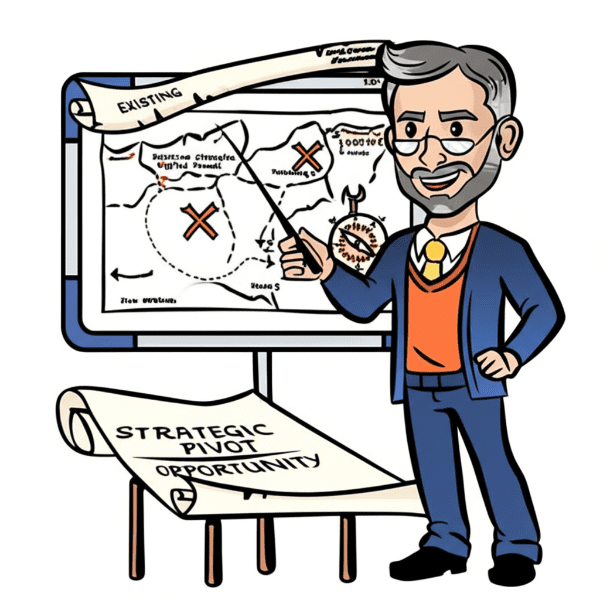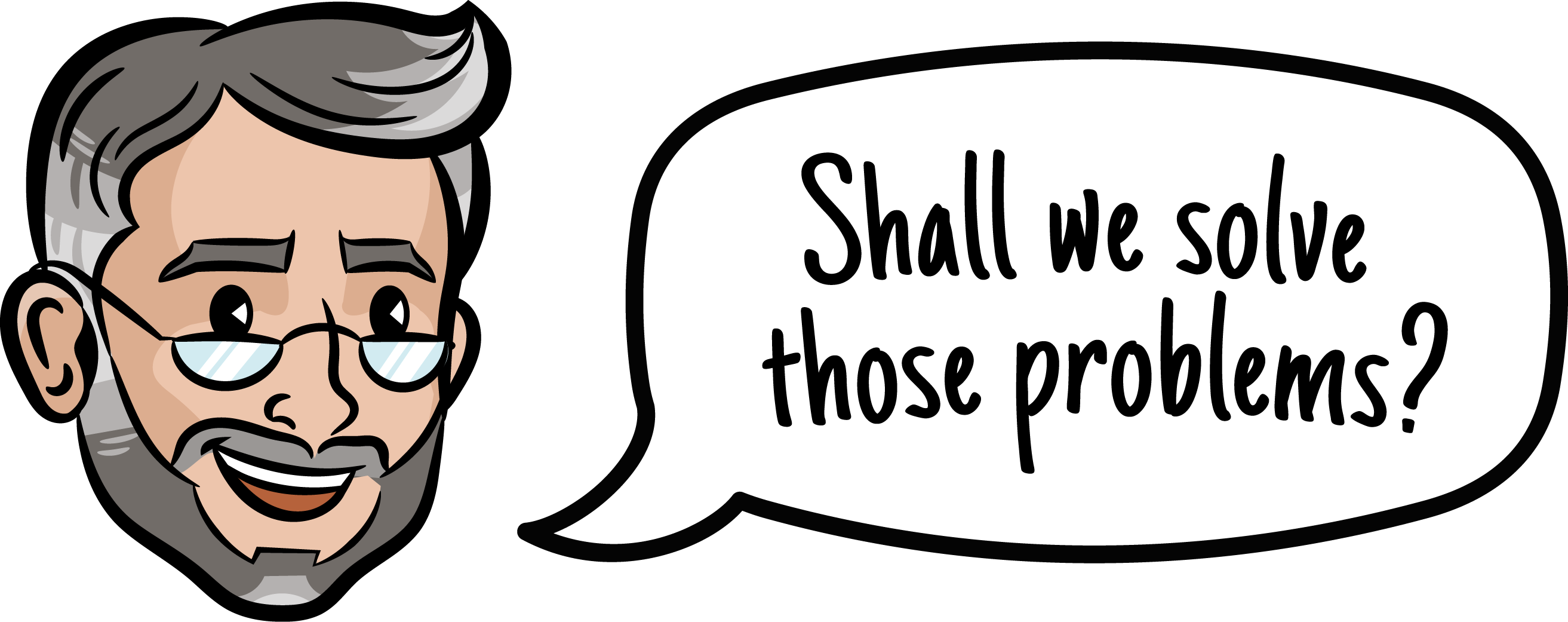Table of Contents
Introduction: Why Every Business Needs a Digital Marketing Roadmap
Define Your Strategic Objectives
Understand Your Audience and Market Landscape
Build Your Channel Strategy
Build a Content Engine
Create a Full-Funnel Conversion Strategy
Select the Right MarTech Stack
Set Up Measurement and Reporting Systems
Build Agility Into Your Roadmap
Align Teams Around Shared Goals
Common Pitfalls to Avoid
Final Thoughts: Roadmap First, Channels Second
Useful Related Posts from Sales Funnel Professor
Introduction: Why Every Business Needs a Digital Marketing Roadmap
Digital Marketing Roadmap Essentials are the strategic backbone of any successful online growth plan. In today’s hyper-connected world, digital marketing is no longer a nice-to-have—it’s mission-critical. Whether you’re launching a startup or scaling a global enterprise, the difference between chaotic campaigns and consistent growth often comes down to one thing: a clear digital marketing roadmap.
A digital marketing roadmap is more than a checklist. It’s a strategic blueprint that defines your goals, aligns your teams, maps out your channels, and guides execution at every stage of growth.
Define Your Strategic Objectives
Before diving into platforms and tools, define what success looks like.

Ask:
- Are you focused on brand awareness, lead generation, online sales, or customer retention?
- Are your goals short-term performance wins or long-term brand growth?
- How do these goals map to business KPIs?
Use the SMART framework (Specific, Measurable, Achievable, Relevant, Time-bound) to set objectives that are trackable and tied to business impact.
Understand Your Audience and Market Landscape
You can’t build a roadmap without knowing where you’re headed—or who you’re targeting.
- Develop detailed customer personas: demographics, psychographics, buying triggers.
- Use tools like Google Trends, Meta Audience Insights, and SEMrush to research market behavior.
- Analyze competitors to identify positioning gaps and messaging opportunities.
The more accurate your audience insights, the more powerful your messaging and channel selection will be.

Build Your Channel Strategy
A scalable roadmap is cross-functional and channel-agnostic—your strategy adapts based on where your audience is.
Break down your channels into:
Owned Media
- Website and blog (SEO-optimized)
- Email newsletters
- Mobile app or CRM
Earned Media
- Organic social reach
- Backlinks and PR coverage
- Customer reviews and word-of-mouth
Paid Media
- Google Search and Display Ads
- Meta (Facebook & Instagram) Ads
- TikTok, Snapchat, and LinkedIn Ads
- Programmatic, YouTube, Influencer sponsorships
Your roadmap should assign roles and goals to each channel, ensuring that all work together in harmony.
Build a Content Engine
Content isn’t just blog posts—it’s the fuel that drives every part of your funnel.
- Top of Funnel (TOFU): Educational blogs, videos, infographics, guides
- Middle of Funnel (MOFU): Webinars, comparison pages, case studies
- Bottom of Funnel (BOFU): Product demos, testimonials, special offers
Your roadmap should define a content calendar, align formats with buyer stages, and include clear repurposing strategies (e.g., turning blog posts into LinkedIn carousels or short-form TikToks).
Create a Full-Funnel Conversion Strategy
Map your roadmap to the funnel:
- Awareness Stage: SEO, social media, PR, display ads
- Consideration Stage: Email sequences, retargeting ads, remarketing funnels
- Decision Stage: Landing pages, call-to-actions, sales enablement content
Don’t just drive traffic—design seamless paths that turn cold traffic into qualified leads and customers.

Select the Right MarTech Stack
You don’t need dozens of tools. You need the right ones.
Must-haves:
- CRM (HubSpot, Salesforce)
- CMS (WordPress, Webflow)
- Email Automation (Klaviyo, Mailchimp)
- Analytics (GA4, Hotjar, Looker Studio)
- Paid Ad Platforms (Google Ads, Meta Ads Manager)
Your roadmap should document which tools support which stages, and how data flows between them.
Set Up Measurement and Reporting Systems
If you can’t measure it, you can’t improve it.
Key metrics to track:
- Traffic by source and page
- Conversion rates (by stage and channel)
- Cost per lead/acquisition (CPL/CPA)
- Customer lifetime value (LTV)
- Return on ad spend (ROAS)
Your roadmap should include a dashboard setup plan and reporting cadences—weekly, monthly, quarterly—so teams stay aligned and data drives decisions.

Build Agility Into Your Roadmap
Marketing changes fast. Your roadmap should evolve just as quickly.
- Use 90-day sprints to execute and review
- Leave room for rapid testing and optimization
- Set up regular reviews to adjust budgets, content themes, and platform focus
Treat your roadmap like a living document. Strategy stays stable, but execution should be agile.
Align Teams Around Shared Goals
Marketing doesn’t operate in a vacuum.
Involve:
- Sales teams for lead quality feedback
- Customer support for real-time sentiment
- Product teams for alignment on feature launches
- Leadership for budget, expectations, and impact
Use your roadmap to create cross-functional alignment, assigning clear owners, dependencies, and performance goals.
Common Pitfalls to Avoid
- Creating isolated tactics without tying them to broader goals
- Prioritizing shiny tools over strategic alignment
- Ignoring audience intent and relying on vanity metrics
- Skipping measurement and running blind
- Overloading your team without scalable systems
A roadmap helps avoid these pitfalls by forcing strategic thinking first.
Final Thoughts: Roadmap First, Channels Second
The most successful marketing leaders think in roadmaps, not tactics. A well-crafted roadmap gives clarity in chaos, enables team collaboration, and ensures every dollar spent has a purpose. Whether you’re building from scratch or scaling fast, your roadmap is the compass that keeps performance aligned with vision.
Useful Blogs from Sales Funnel Professor
- Sales Strategy for Predictable Growth
Discover how to design and execute a scalable sales strategy that drives consistent, long-term revenue growth. - Build a Funnel, Build a Business: Why Funnel-Building is a Critical Skill
Explore why mastering funnel-building is essential for digital marketers, consultants, and sales leaders aiming to drive high-converting customer journeys. - Your Shortcut to High Velocity Funnels: Master Brand Positioning Strategy
Learn how strategic brand positioning accelerates funnel performance and creates a distinct competitive edge in crowded markets. - Sales Process Mapping: Definition & Use Cases
Get a clear definition and actionable examples of sales process mapping to optimize each stage of your pipeline and boost conversion efficiency. - Sales Funnel Icon: What It Means and Why It Matters
Unpack the meaning behind the iconic sales funnel shape and how it visualizes customer journey stages, decision-making, and strategic targeting.


